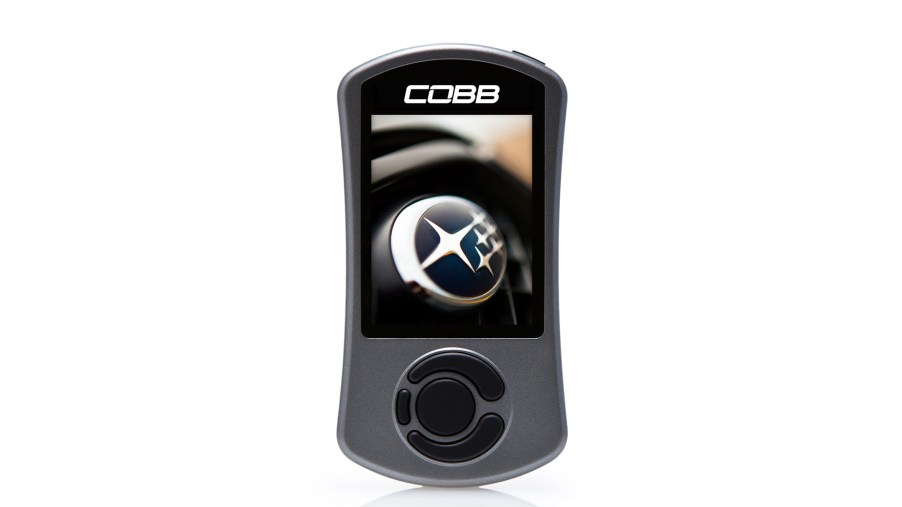
How Does An ECU Tuner Work?
Utilizing an ECU tuner can be one of the quickest and most efficient ways of modifying an engine without resorting to replacing parts under the hood. The concept of augmenting the performance of an engine without having to physically change out parts was unheard of in the days of carburation.
However, the move to ECUs (electronic control units) and computer-controlled fuel injection changed the way technicians diagnose engine problems and improve power and/or fuel-efficiency. We are going to talk about how ECU tuning works and go over three ways an ECU tuner can change a car’s performance.
How does an ECU tuner work?

In the early days of ECU tuning, a user would have to physically replace a chip in the stock ECU with an aftermarket chip with custom software loaded into it. It was a very delicate process and things could easily go wrong if someone did not know what they were doing.
When the government-mandated On-Board Diagnostic systems (OBD), that opened a new window for ECU tuning. Now, ECU tuners could simply plug into a car’s OBD II port and upload custom software to the stock ECU which is also known as “reflashing”. One example of a popular ECU tuner device is the ‘Access Port’ by Cobb Tuning.
But how can reflashing an ECU change an engine’s performance? There are several ways to achieve this but we are going to talk about three major ways an ECU tuner can modify an engine’s performance.
1. Removing the governor with ECU tuner

Many cars come from the factory with a speed governor embedded in its ECU. A speed governor limits the top speed of a vehicle by cutting the amount of air and fuel fed into the throttle. This is why sometimes when reading the spec sheet of a high-performance car, the top speed will often say “electronically limited to 155 mph”. That is another way of saying that the car’s ECU will prevent it from going faster than that. This is generally done for safety and liability reasons.
In the hands of an experienced technician, an ECU tuner can remove the speed governor and unlock a car’s true top speed. This is not something that should be done on a car that is meant to be driven on public roads but can come in handy for anyone converting a road car into a track-only race car.
2. Adjusting the air/fuel ratio

Air and fuel are crucial to how an engine operates. The ratio between those two elements plays a major role in an engine’s performance. During the “intake” stroke of a combustion engine, if there is more air than fuel it is called running “lean”. If there is more fuel than air, it is called running “rich”. Running lean or rich has different results in performance. A rich air/fuel ratio generally allows an engine to make more horsepower and in some cases run a bit cooler. A lean air/fuel ratio will reduce power but increase efficiency, resulting in better fuel economy.
An ECU tuner can adjust the air and fuel mixture by manipulating engine sensors and fuel injectors. It can take a lot of testing and adjustment but an experienced professional can use an ECU tuner to increase power or fuel-efficiency.
3. Changing boost pressure with ECU tuner

Some cars like the Subaru WRX STi, Honda Civic Type R, or the McLaren 720S come standard with turbochargers. Turbos use boost to force more air into an engine which artificially raises the engine’s compression ratio, thus increasing power. However, boost pressure is often limited via the ECU from the factory to ensure engine reliability and durability.
An ECU tuner can increase the factory boost limit (and increase fuel delivery) to make more horsepower.
Are ECU tuners illegal?

Considering the standards and regulations that manufacturers have to follow when producing vehicles, ECU tuning seems like an easy way to break the law. But, are ECU tuners really illegal? The answer is that it depends on the regulations of the state in which you live. For example, California just passed a law requiring an ECU inspection to be a part of regular smog checks. If there are any hardware or software modifications found on a car’s ECU, it will automatically fail the smog check. In other states, modifying an ECU is 100% legal. We recommend looking up your state’s regulations before sending your car in for any ECU modifications.
So in a nutshell, how does an ECU tuner work? It works by plugging into a car’s OBD II port to change software within the ECU to increase power, maximize fuel efficiency, or remove features like speed governors. In the future, perhaps ECU tuning will be capable of more.


